Recent surveys conducted across the five regions of Darfur for the period of April–May 2025 reveal an alarming surge in child malnutrition.
New data released by UNICEF show a 46% increase in the number of children treated for severe acute malnutrition in Darfur between January and May 2025, underscoring the urgent need for humanitarian access in this conflict-affected region.
According to the United Nations Children’s Fund (UNICEF), over 40,000 children were admitted for treatment of severe acute malnutrition in North Darfur during the first five months of the year—twice the number recorded during the same period last year.
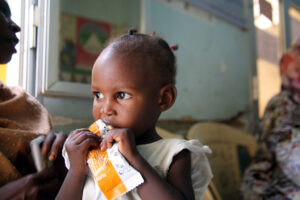
“Children in Darfur are starving because of the conflict and are being deprived of the aid that could save their lives,” said Sheldon Yett, UNICEF Representative in Sudan.
The Warning Signs of an Unprecedented Disaster
“Even before the lean season had fully set in, the numbers were already alarming, and they are likely to worsen without swift humanitarian intervention. We are at a critical point: children’s lives depend on whether the world chooses to act or look away,” he added.
The latest studies conducted in all five Darfur regions between April and May 2025 show a dramatic spike in child malnutrition. In 9 out of 13 surveyed localities, the rate of acute malnutrition has exceeded the World Health Organization’s emergency threshold.
In Yasin locality, Eastern Darfur, a survey conducted at the start of the lean season in May revealed a global acute malnutrition rate—including both severe and moderate forms—of 28%.
If this figure reaches 30%, it will surpass one of the three critical thresholds required to declare a famine.
These data point to a looming catastrophe for children unless urgent measures are taken—in a country already facing famine in several regions.
Escalating Nutritional Emergency
The crisis is worsening in other parts of Sudan as well. Admissions for severe acute malnutrition have increased by over 70% in North Kordofan, 174% in Khartoum State, and an astounding 683% in Al Jazirah State.
In Al Jazirah and Khartoum, the rise in admissions is partly due to improved security and humanitarian access, allowing mothers to reach health centers more easily for help.
As Sudan enters the most critical phase of the lean season, the risk of mass child mortality is rapidly increasing in areas already on the brink of famine.
To make matters worse, cholera outbreaks, measles cases, and the collapse of health services are compounding the crisis and putting already vulnerable children at even greater riskMass Displacement and Growing Needs
Mass Displacement and Growing Needs
Since April, the conflict in North Darfur—particularly around Al Fasher and the Zamzam camp—has intensified. Entire neighborhoods have been besieged, hospitals bombed, and roads blocked. Humanitarian convoys have been looted and attacked, leaving humanitarian access nearly entirely cut off.
The crisis has triggered the displacement of hundreds of thousands of people. In April alone, nearly 400,000 people fled Zamzam, with many walking up to 70 km to reach Tawila. In Tawila, over 500,000 displaced people are now crammed into public buildings or sleeping in the open, with little food, water, or shelter.
UNICEF was able to deliver one batch of supplies to Al Fasher earlier this year, but efforts to send more have been hampered by insecurity. Stocks of ready-to-use therapeutic food (RUTF) in Al Fasher are now depleted.
Health facilities in and around Zamzam have shut down, while water shortages and poor hygiene are raising the risk of cholera and other deadly diseases spreading.
UNICEF Needs an Additional $200 Million This Year
UNICEF and its partners are doing all they can to support the victims of this conflict—treating the wounded and malnourished children, drilling wells, and distributing food. However, the level of violence is generating needs that outpace the current response capacity.
UNICEF is calling on all parties to facilitate rapid, safe, and unimpeded access to humanitarian aid for populations in Darfur and the Kordofans.
The agency is also appealing to donor countries: UNICEF urgently needs an additional $200 million this year to sustain and expand essential nutrition services, particularly for the treatment of malnutrition and the distribution of therapeutic foods.
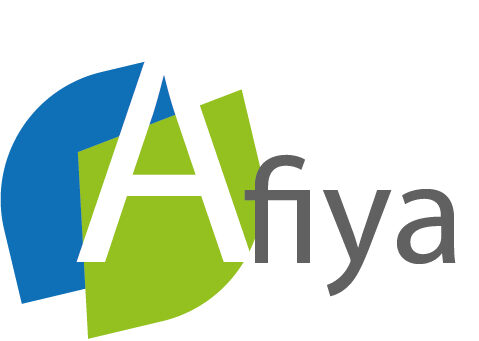

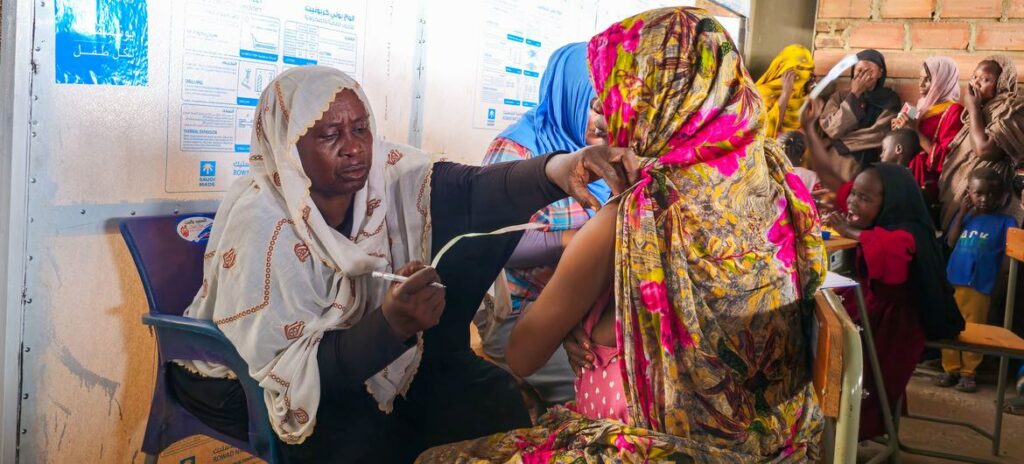
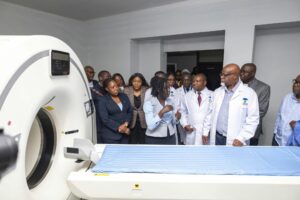
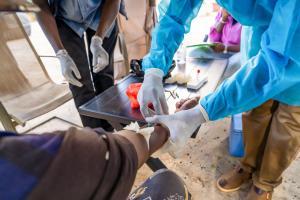
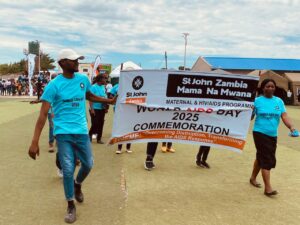
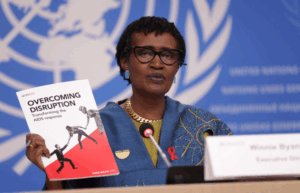
OTHER ARTICLES
Zambia : Health Sector Progress Update
Rift Valley Fever in Senegal: On the Frontline to Protect Communities
Zambia : commemorates world AIDS day